An experiment 180 years ago first demonstrated a connection between light and electromagnetism – but the link is deeper than we thought
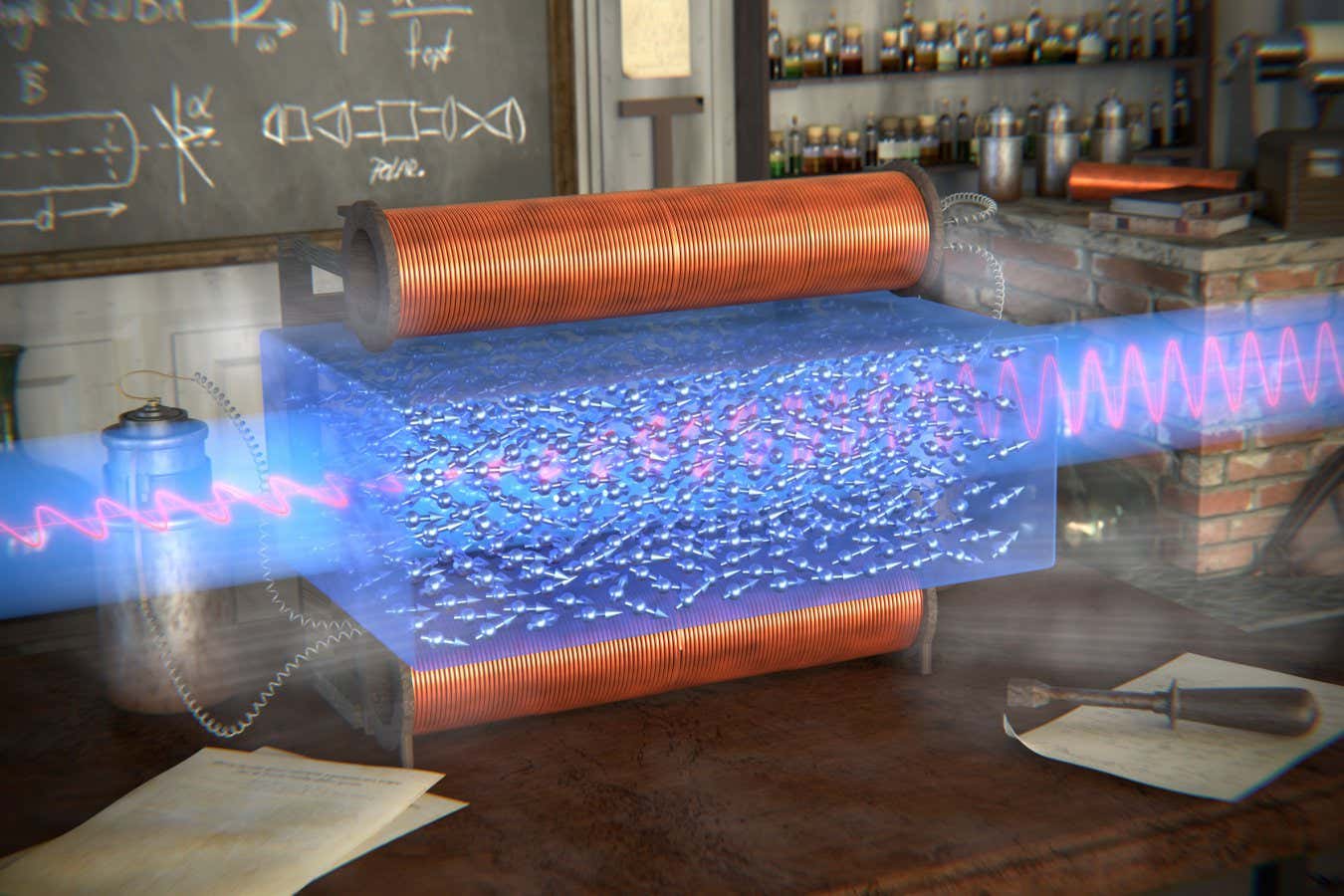

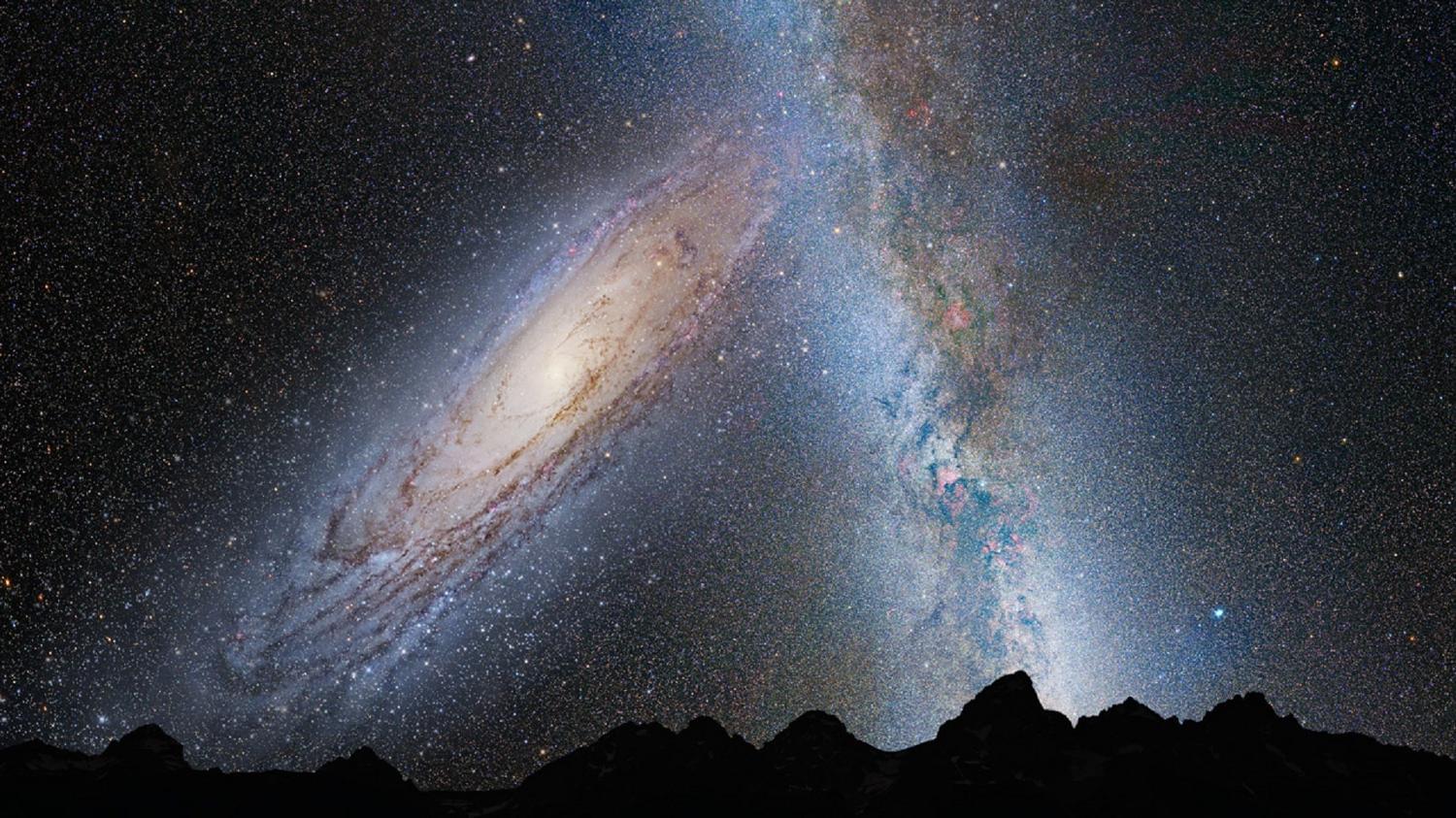
There’s always a touch of melancholy when a chapter that has absorbed years of work comes to an end. In the case of the Atacama Cosmology Telescope (ACT), those years amount to nearly 20—and now the telescope has completed its mission. Yet some endings are also important beginnings, opening new paths for the entire scientific community.
The three papers published in the Journal of Cosmology and Astroparticle Physics by the ACT Collaboration describe and contextualize in detail the sixth and final major ACT data release—perhaps the most important one—marking significant advances in our understanding of the universe’s evolution and its current state.
ACT’s data clarify several key points: the measurement of the Hubble constant (the number that indicates the current rate of cosmic expansion—the universe’s “speedometer”) obtained from observations at very large cosmological distances is confirmed, and it remains markedly different from the value derived from the nearby universe. This is both a problem and a remarkable discovery: it confirms the so-called “Hubble tension,” which challenges the model we use to describe the cosmos.
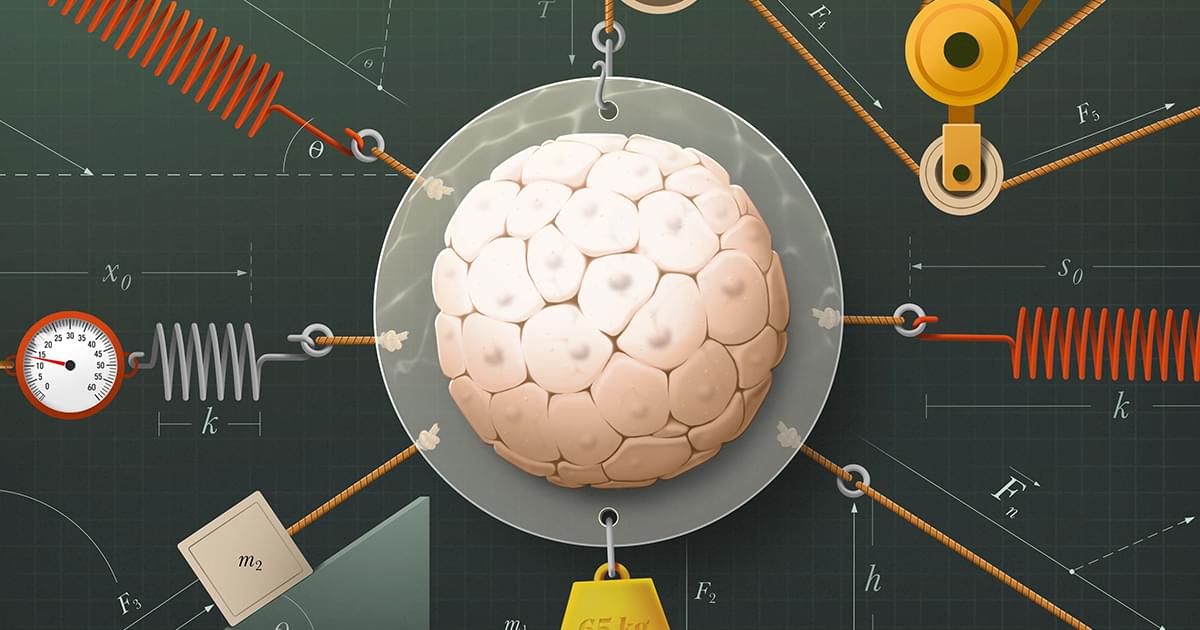
Physicists have created a visible, self-sustaining “time crystal” using swirling liquid crystals that move in endlessly repeating patterns when illuminated. Imagine a clock that runs forever without batteries or wiring, its hands turning on their own without stopping. In a recent study, physic
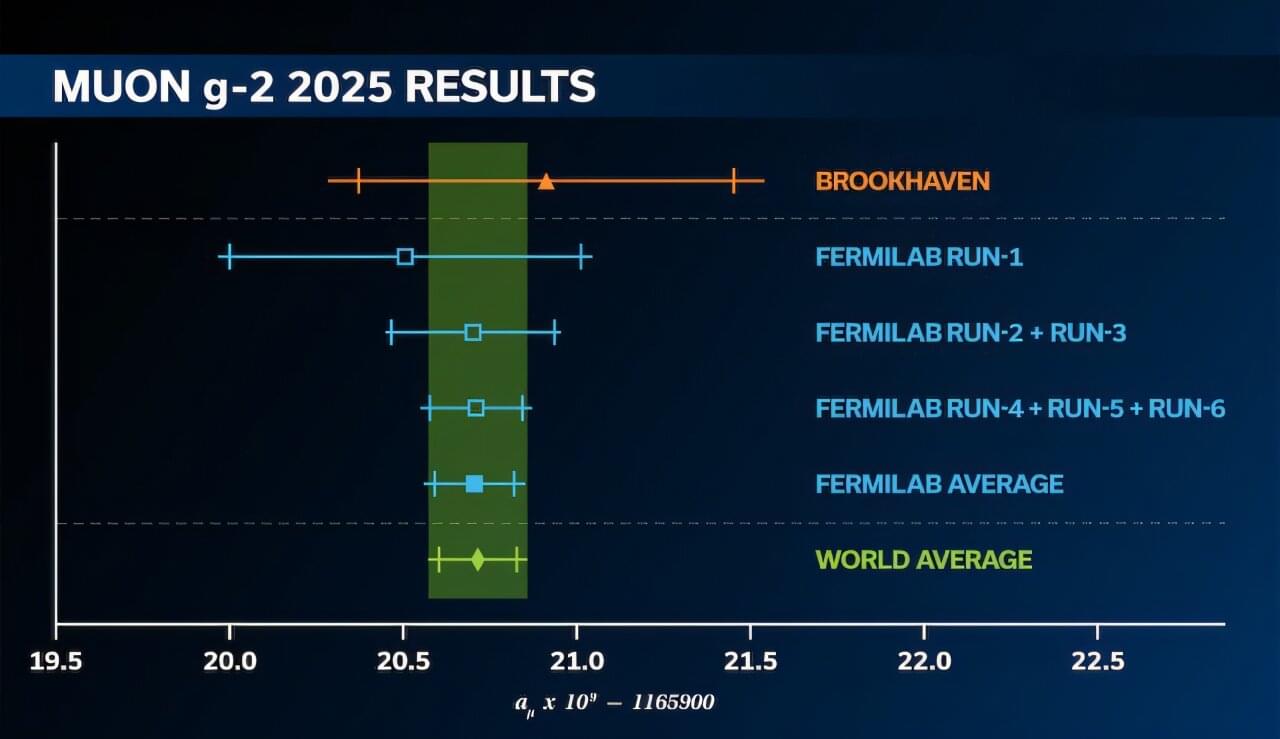
For experimental physicists, the latest measurement of the muon is the best of times. For theorists there’s still work to do.
Colliding 300 billion muons over four years at the Fermi National Accelerator Laboratory in the U.S., the Muon g-2 Collaboration —a group of over 200 researchers—has measured the magnetic strength of the muon to unprecedented precision: accurate to 127 parts per billion.
These final results on the muon’s magnetic moment—measured by its frequency of the moment’s wobbling in an external magnetic field—are the end of a chain of experimental efforts going back 30 years and have been published in the journal Physical Review Letters.
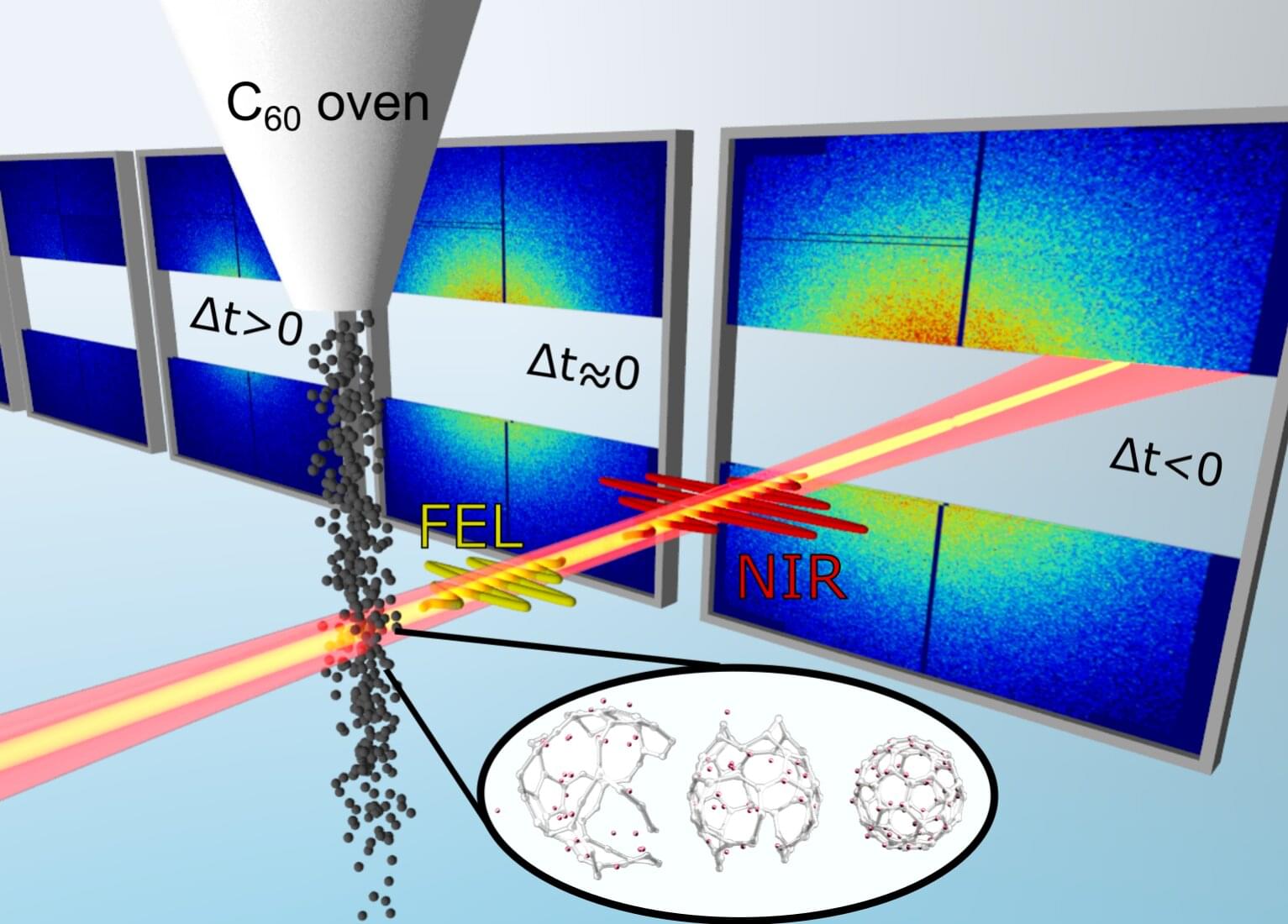
The understanding of complex many-body dynamics in laser-driven polyatomic molecules is crucial for any attempt to steer chemical reactions by means of intense light fields. Ultrashort and intense X-ray pulses from accelerator-based free electron lasers (FELs) now open the door to directly watch the strong reshaping of molecules by laser fields.
A prototype molecule, the famous football-shaped “Buckminsterfullerene” C₆₀, was studied both experimentally and theoretically by physicists from two Max Planck Institutes, the one for Nuclear Physics (MPIK) in Heidelberg and the one for the Physics of Complex Systems (MPI-PKS) in Dresden in collaboration with groups from the Max Born Institute (MBI) in Berlin and other institutions from Switzerland, U.S. and Japan.
For the first time, the experiment carried out at the Linac Coherent Light Source (LCLS) of the SLAC National Accelerator Laboratory could image strong-laser-driven molecular dynamics in C₆₀ directly.
Learn More About Anydesk: https://anydesk.com/spacetime.
Did God have any choice in creating the world? So asked Albert Einstein. He was being poetic. What he really meant, was whether the universe could have been any other way. Could it have had different laws of physics, driven by different fundamental constants. Or is this one vast and complex universe the inevitable result of an inevitable and unique underlying principle, perhaps expressible as a supremely elegant Theory of Everything. It certainly seems that Einstein thought this should be the case … that God had no choice in whether or how to create the world. It seems like a pretty arm-chair philosophical and perhaps unanswerable question, but the modern “problem” of naturalness may lead to an answer.
Check Out Our Patreon Interview with Looking Glass Universe Here:
Sign Up on Patreon to get access to the Space Time Discord!
https://www.patreon.com/pbsspacetime.
Check out the Space Time Merch Store.
https://www.pbsspacetime.com/shop.
Sign up for the mailing list to get episode notifications and hear special announcements!
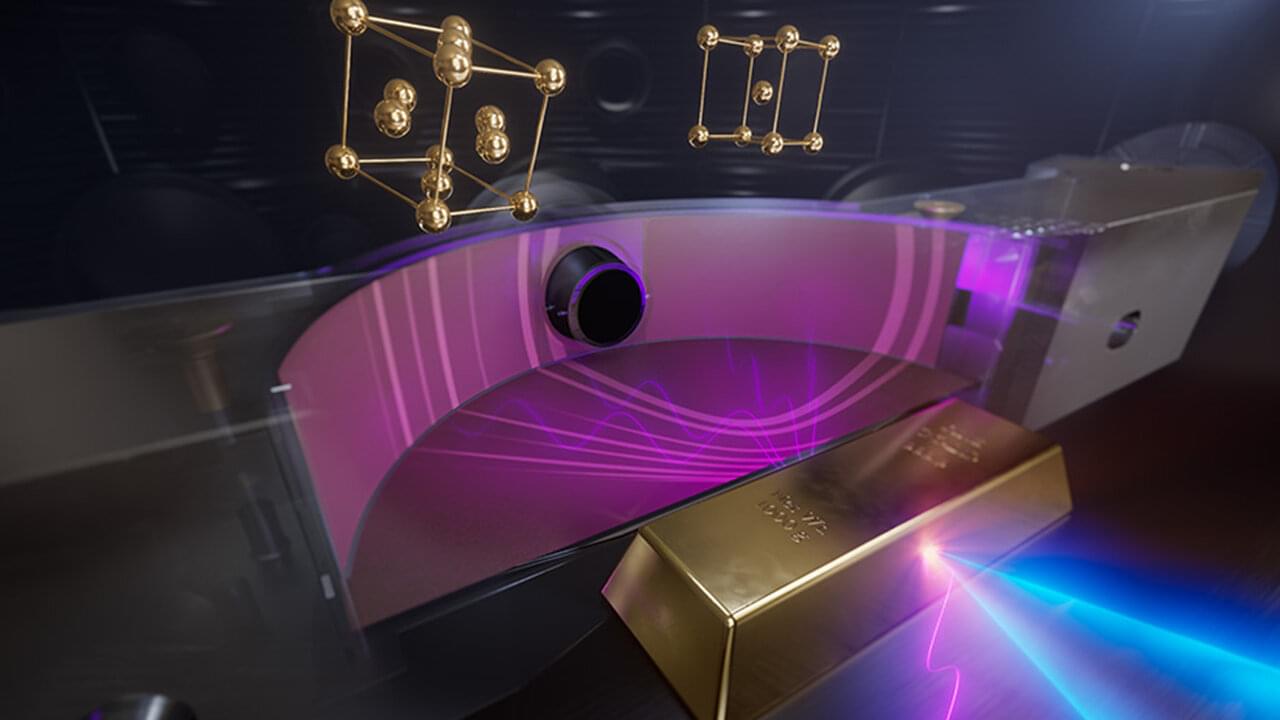
The inside of giant planets can reach pressures more than one million times the Earth’s atmosphere. As a result of that intense pressure, materials can adopt unexpected structures and properties. Understanding matter in this regime requires experiments that push the limits of physics in the laboratory.
In a recent paper published in Physical Review Letters, researchers at Lawrence Livermore National Laboratory (LLNL) and their collaborators conducted such experiments with gold, achieving the highest-pressure structural measurement ever made for the material. The results, which show gold switching structure at 10 million times the Earth’s atmospheric pressure, are essential for planetary modeling and fusion science.
“These experiments uncover the atomic rearrangements that occur at some of the most extreme pressures achievable in laboratory experiments,” said LLNL scientist and author Amy Coleman.
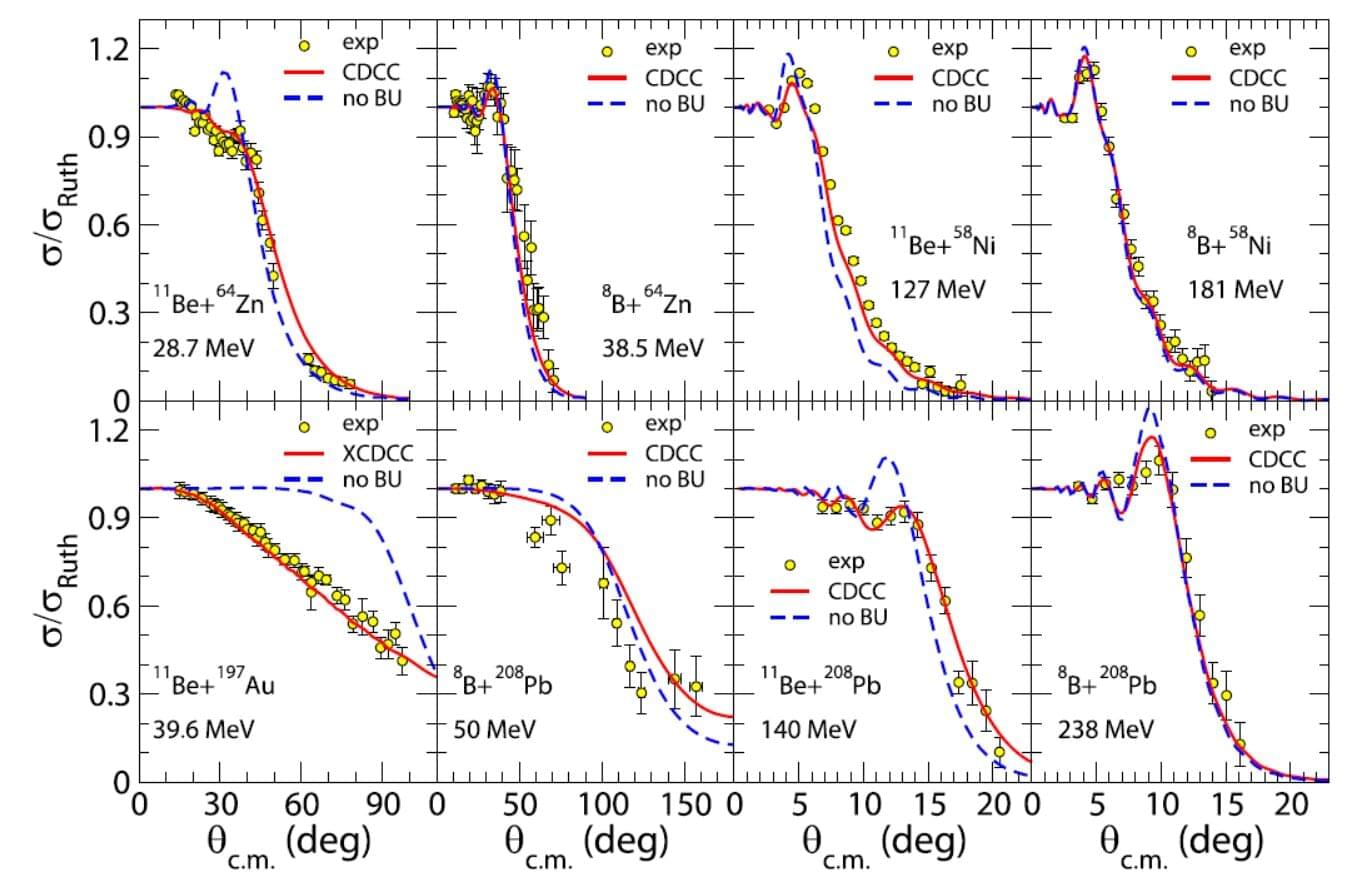
Researchers from the Institute of Modern Physics (IMP) of the Chinese Academy of Sciences have reported new experimental results that advance our understanding of reaction dynamics and exotic nuclear structures of weakly bound nuclei.
The findings are published in Physics Letters B.
Weakly bound nuclei are characterized by their extremely low binding energy of protons and neutrons. Investigating their reaction mechanisms and exotic structures represents a frontier field in nuclear physics.

Cai Borui and Zhao Yao from Deakin University (Australia) presented a concept that they believe will bridge the gap between modern chatbots and general-purpose AI. Their proposed “Intelligence Foundation Model” (IFM) shifts the focus of AI training from merely learning surface-level data patterns to mastering the universal mechanisms of intelligence itself. By utilizing a biologically inspired “State Neural Network” architecture and a “Neuron Output Prediction” learning objective, the framework is designed to mimic the collective dynamics of biological brains and internalize how information is processed over time. This approach aims to overcome the reasoning limitations of current Large Language Models, offering a scalable path toward true Artificial General Intelligence (AGI) and theoretically laying the groundwork for the future convergence of biological and digital minds.
The Intelligence Foundation Model represents a bold new proposal in the quest to build machines that can truly think. We currently live in an era dominated by Large Language Models like ChatGPT and Gemini. These systems are incredibly impressive feats of engineering that can write poetry, solve coding errors, and summarize history. However, despite their fluency, they often lack the fundamental spark of what we consider true intelligence.
They are brilliant mimics that predict statistical patterns in text but do not actually understand the world or learn from it in real-time. A new research paper suggests that to get to the next level, we need to stop modeling language and start modeling the brain itself.
Borui Cai and Yao Zhao have introduced a concept they believe will bridge the gap between today’s chatbots and Artificial General Intelligence. Published in a preprint on arXiv, their research argues that existing foundation models suffer from severe limitations because they specialize in specific domains like vision or text. While a chatbot can tell you what a bicycle is, it does not understand the physics of riding one in the way a human does.